Pets or Trophies? A Closer Look Into the Animal Trafficking Industry
Written By: Mira Seyal
We think of our pets as friends. They bring us joy, comfort, and unconditional love. We bestow almost human-like traits on our furry friends -- they are our exercise buddies, our children’s best friends, our shoulder to cry on on a bad day. In the illegal animal trafficking industry however, many of these animals we consider pets, like turtles or horses, are seen as nothing more than a commodity. Their capture is a bleak and gruesome means to a financially-driven end. The trafficking of animals occurs with many animal species, not just those we consider pets. Elephants are slaughtered solely for their tusks. Tigers are ripped from their natural habitats to be held in chains and farmed for their skulls, furs, and teeth. Animals everywhere are stripped of their dignity. So how is it that we consider animals our irreplaceable companions when the animal trafficking industry is simultaneously one the largest, most lucrative global criminal organizations to date?
Elephant ivory tusk confiscation during Operation Cobra, a 2015 international operation against animal traffickers.
Those of us in the fight against human trafficking are familiar with several factors inherent to most trafficking cases. The commodification, manipulation, and exploitation of life are common to all cases.
If the human trafficking industry is hidden, the animal trafficking industry is completely out of sight. In identifying human trafficking, we know to look for certain red flags, such as people living with their employer, signs of physical abuse, or conversation that seems scripted and rehearsed. In other words, the world of human trafficking victims may come into contact with others, leaving room for identification and assistance. This is why so much of the fight against human trafficking revolves around training communities to identify red flags.
Because animal trafficking is often removed from our daily lives, it is even harder to identify. Still, it is happening all around us. The World Economic Forum estimates that with a value of between $7 billion and $23 billion each year, illegal wildlife trafficking is the fourth most lucrative global crime after drugs, humans and arms. The 2020 United Nations World Wildlife Crime Report found that between 1999 and 2018, suspected traffickers of over 150 nationalities have been identified, making animal trafficking a truly global issue.
Although animal trafficking may feel like an isolated issue, it’s impacts are deeply intertwined with our world. The COVID-19 pandemic for example, has launched a vehement discussion around the role of illegal animal trafficking in the spread of novel viruses among humans given that 75% of new or emerging infectious diseases that have affected humans over the past three decades have originated in animals. Although we have not identified the cause of COVID-19, in the early stages of the pandemic, some looked towards the pangolin -- a lucrative source of revenue in the illicit trafficking industry. The pangolin is valued globally for it’s scales and between 1975 and 2000, most of these scales were exported to North America where they were used for fashion accessories such as fancy cowboy boots. In other countries, pangolin scales are used in traditional medicines. While we cannot confirm the pangolin as the source of the COVID-19 pandemic, we can be sure that many animal species that are trafficked globally carry novel diseases that threaten human life.
Like with human trafficking survivors, animals caught in the trafficking industry are subject to commodification, manipulation, and exploitation. Although the issue may feel out of sight, animal trafficking has a direct impact on human lives that will only worsen if it is not addressed head on. Because animals cannot speak for themselves, the responsibility lies on us to ensure that illicit animal trade comes to an end.
So what can we do?
Hold airports accountable for identifying and stopping human trafficking. Traffickers commonly operate through airways and are experts in finding aviation loopholes or poorly regulated routes. Luckily, organizations like http://www.routesdashboard.org are tracking wildlife trafficking through airports, in order to identify new patterns and routes used by traffickers.
Adopt responsible consumer habits. Illegal animal trafficking infiltrates consumer products from the food we eat, to the wellness products we use, to the pets we buy. Resources like Eco Health Alliance and The Marine Stewardship Council provide tools to help make informed consumer choices.
Get involved. Pledge your support to stop wildlife crime. You can also pressure your local government to adopt policies designed to end illegal animal trafficking. The World Wildlife Fund has developed a framework for how governments and companies can address animal trafficking, especially as it intersects with internet and app-based platforms.
About the Author: Mira Seyal is the Development Assistant at Free to Thrive where she offers administrative support, manages donor relations, and researches ways to increase funding and membership. Mira also runs the team’s social media pages and assists with marketing events.


